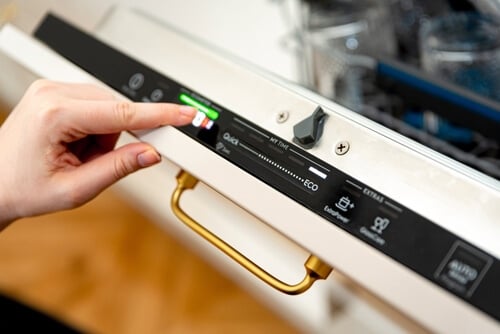When the energy market stabilises and deals return, we're here to help you make the switching process as easy as possible.
Finding the best energy deal can be confusing at times - so many tariffs, so many extras, and so much information. We're here to help you navigate these murky waters, so you're ready when more deals and tariffs become available.
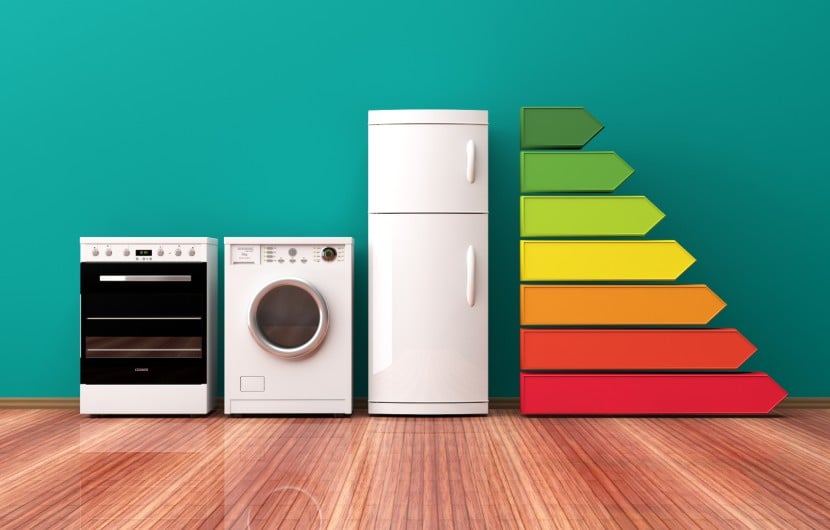
Switching energy providers
If you're looking for certainty on your energy bills, compare energy deals to see fixed deals that are currently available.
What energy tariffs are available?
The main 2 types of energy tariff are fixed rate and variable rate.
Fixed rate tariffs
Fixed rate tariffs mean that the price you pay for each unit of gas or electricity is fixed for a set period of time. If the supplier raises(or lowers) its prices, the price you pay per unit won't change.
Fixed rate tariffs offer the security of knowing how much you pay for your energy for a period of time, allowing you to budget more effectively.
Once the fixed term ends you're moved onto your supplier’s standard variable tariff, which is usually their most expensive.
If you wish to leave a fixed rate tariff early, you're normally be charged a cancellation fee.
Variable rate tariffs
Variable rate tariffs mean that your price per unit of energy can go up or down at any time. You can leave a variable rate tariff without paying a fee.
Within these 2 tariff categories are various other options for the type of tariff you want. In recent years the variety of tariffs available to energy customers has broadened massively, with many suppliers introducing green and online options – each of which have their benefits.
READ MORE: Energy tariff guide
What is dual fuel?
Dual fuel means that you get your gas and electricity from a single supplier. Energy companies often offer a discount for dual fuel customers. However, you might find it’s cheaper to take your gas and electricity from 2 different suppliers. Although at the moment, it's best to wait for the energy market to stabilise before shopping around for the best deal.
READ MORE: Dual fuel guide
Energy switching
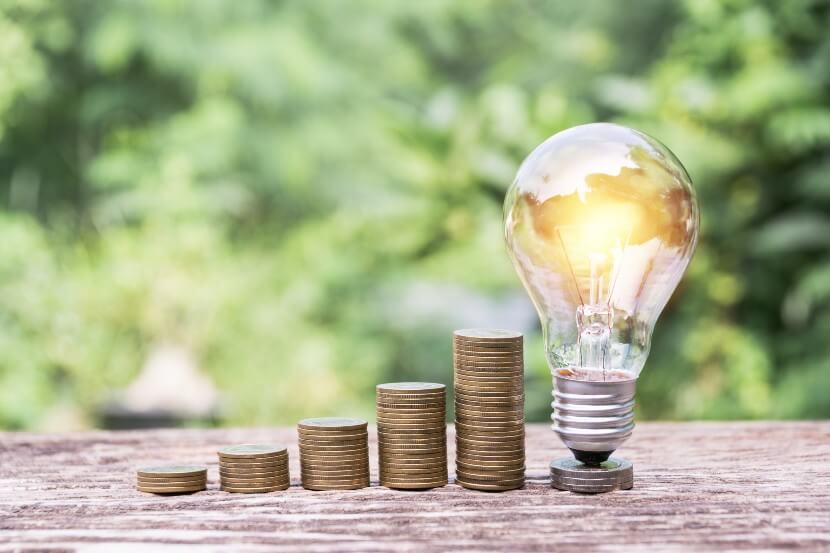
How long should an energy switch take?
If your supplier is signed up to the Energy Switch Guarantee then your switch should take no longer than 21 days, which includes your 14-day cooling-off period.
If I switch, will there be any interruption to my gas or electricity supply?
You won't need any new pipes, cables or meters if you switch suppliers. There shouldn't be any interruption to your gas or electricity supply.
Who reads my meter when I change energy supplier?
Your new supplier is responsible for taking a meter reading when you switch, and for all future meter readings at your property after the energy switch takes place. They may ask you to take a reading yourself at the time of transfer (your start date). This reading is also used to finalise the accounts with your old supplier.
Can my current supplier prevent me from switching to a new supplier?
If you have any bills outstanding, your existing supplier may prevent your switch until you've paid the outstanding amount.
READ MORE: The energy switching process
Energy supply contracts
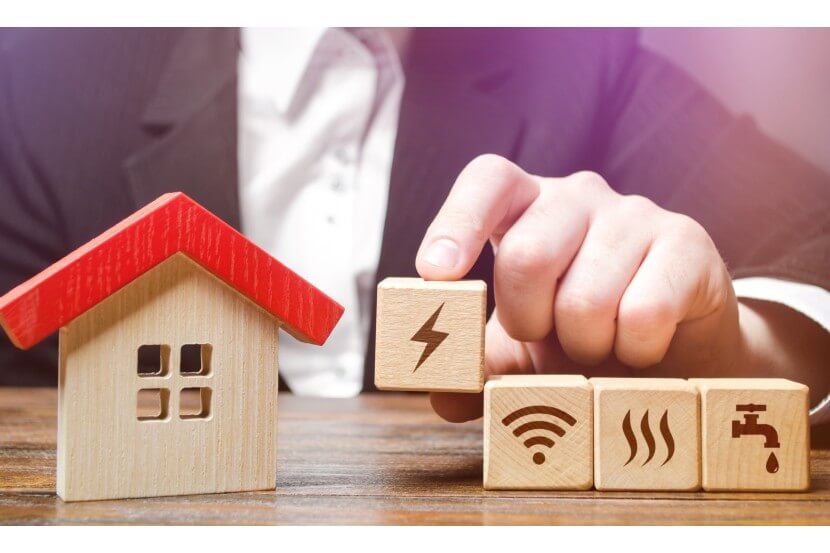
Do I need a contract?
You already have an energy supply contract with your existing energy provider. In order to change supplier, you need to enter into a contract with your chosen new supplier. The contract specifies the price you pay and the terms and conditions of supply.
Can I cancel a contract once I have applied for it?
After signing up to a new supplier through our site, you should be notified of your rights to change your mind and/or cancel the contract during your standard 14-day cooling-off period.
After the cooling-off period has lapsed, you can still cancel the contract at any time, but you may have to pay a cancellation fee – particularly if you've taken a fixed deal. However, even with a fixed-term deal, you can switch without penalty in the last 49 days of your fixed tariff.
How many different types of contract are there?
There are 2 basic types of contract - rolling contracts or fixed term contracts.
What is a rolling contract?
A rolling contract (sometimes called an evergreen contract) carries on until you cancel it. During the period of the contract, the price of electricity can go up or down in accordance with the terms of the contract.
You can end this type of contract at any time. There is rarely any cancellation fee.
What is a fixed term contract?
This contract is fixed for a given period, perhaps 1 or 2 years. If you terminate a fixed term contract early, you may be liable for a fee.
There are main exceptions where fixed term contracts can be cancelled without penalty - when you move house, or if your supplier increases its prices.
You can also switch penalty-free at any point in the last 49 days of your fixed term.
What happens if my new supplier increases its prices or changes contract terms?
The supplier must provide at least 10 days' notice in writing to announce significant changes in the terms of contract.
You then have a further 14 days to decide and let your existing supplier know whether you intend to end your contract and switch to another supplier.
If you decide to move within this timeframe, you'll continue to be billed for the energy you use at the old contract terms until you transfer to your new supplier. You won't be liable for any cancellation fees.
Moving house
What should I do about my suppliers before I move?
Try to give your supplier 48 hours' notice before you move. Your supplier arranges for a meter reading to be taken or, more likely, ask you to give them the meter reading yourself. This is used to calculate your final bill and to open new accounts in the name of the next occupier of the premises.
Do I incur any charges if I am moving house?
No. You should give your existing supplier at least 2 days’ notice of your move. Other than that, you won't incur any penalties for early contract termination in these circumstances.
READ MORE: Switching suppliers when you move house
Energy efficiency
How can I use energy more efficiently?
Energy supply companies are obliged to provide advice on the efficient use of energy in the home to anyone requesting it. This advice typically covers home insulation, the efficient use of energy, and information regarding the use of electrical appliances. Your supplier is also required to provide you with information about getting financial help to make your home more energy efficient.
What is an Economy 7 meter?
Economy 7 is the common name for a meter that measures energy at 2 different rates. This allows you to benefit from cheaper energy prices during ‘off-peak’ hours when energy tends to be cheaper - for example, at night. Economy 7 requires a special multi-rate meter to be installed at your home.
If you have an Economy 7 meter (and tariff) you typically get charged at a cheaper rate for energy used during the night. It therefore makes sense to use as much energy as possible during the night rather than the day e.g. running a washing machine.
Energy Efficiency Scheme and grants
There may be grants and schemes available to help you make your home more energy efficient. Take a look at this energy grants calculator from GOV.UK to see which grants you may be eligible for.
READ MORE: Make your home more energy efficient
Your meter
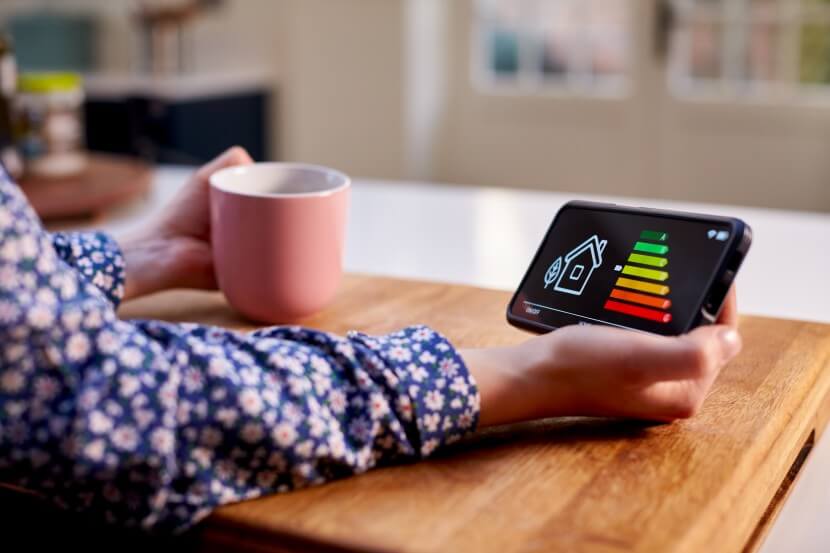
What kind of electricity meter do I have?
There are 3 main types of electricity meter.
- Single rate meter
- Multiple rate meter
- Pre-payment meter
A single-rate meter is the most common of the 3 and is the standard meter in most properties. In recent years, energy companies have been replacing the old-style mechanical meters with new digital smart meters.
A multiple-rate meter has extra dials and records the amount of electricity used at different times of the day or night. An Economy 7 meter typically has a normal rate dial showing your consumption during the day and a low rate dial recording your consumption of electricity at ‘off-peak’ times.
A prepayment meter is used to pay for the electricity you use in advance of using it.
READ MORE: How to read your meter
Will my meter change if I switch electricity supplier?
No. When you change supplier, you don't have to change your meter and can continue to use the same pipes, wires and meter that currently serve your property.
If you want to change your meter for any reason, contact your supplier and they can advise you on this subject, together with any associated costs for undertaking the work.
What is a smart meter?
A smart meter digitally sends meter readings to your energy supplier, meaning that your bills are always accurate. It means you no longer have to read your own meter, or to have a meter reader come to read it for you. It allows you to monitor your own energy usage, shows how much you spend on energy, and helps you make better decisions on how you use your energy.
READ MORE: Smart meters explained
Who reads the meter when I change supplier?
Your new supplier is responsible for reading your meter, although they often use a third party to do this for them. Your new supplier may also ask you to read the meter from time to time and it's worth doing this (if safe and practical) at the time of the switch.
The meter reading is used to generate the final bill from your current supplier and to open a fresh account with your new chosen supplier.
What if my meter isn't measuring my consumption accurately?
Before you contact your energy supplier, it might be worth checking that your bills are not based on estimated meter readings. Estimated readings can distort your bills and leave you thinking that your meter is inaccurate. Once you’re convinced there is an issue with your meter, contact your supplier who can then arrange for an accuracy test to be carried out.
What do I do if I want to move my meter?
In order to move your meter, you should talk with your energy supplier. They can arrange this for you and can advise you of the associated costs for this.
In certain circumstances, this may be free of charge, for example if you qualify under the Priority Services Register – available for elderly, disabled or chronically ill customers. This offers services such as quarterly meter readings, gas safety checks and other forms of support, such as helping to move an inconveniently placed meter.
To join or to find out more information about the Priority Services Register, contact your supplier.
Your supply number
What is a supply number?
A supply number or 'S' number is a unique reference number which identifies the electricity meter at your property. The supply number contains information relating to the type of meter you have at your property, as well as additional information that is useful to your chosen supplier.
Where can I find my supply number?
If you need to find your supply number, it’s displayed on your electricity bill. In almost all cases, each household has 1 supply number per meter.
READ MORE: How to read your energy bill
Do I need a business energy contract if I work from home?
If you’re a sole trader and you work from home, there’s a good chance you’re classed as a microbusiness in the eyes of an energy provider and you can qualify for a business energy deal. However, at least 50% of your energy usage must usually go towards powering your business.





